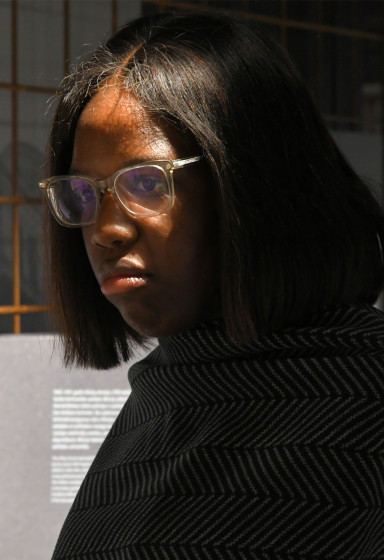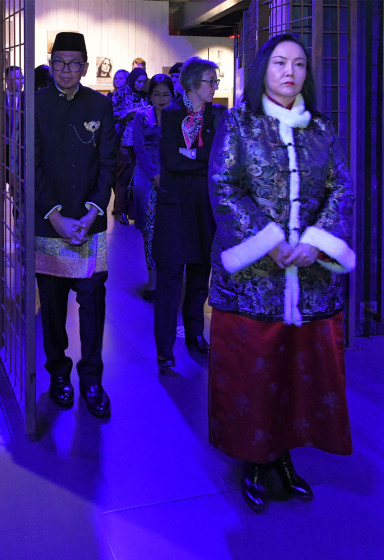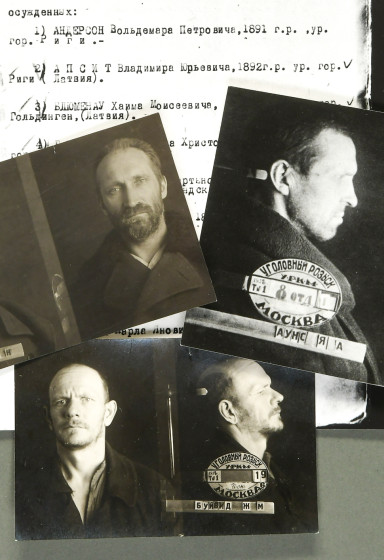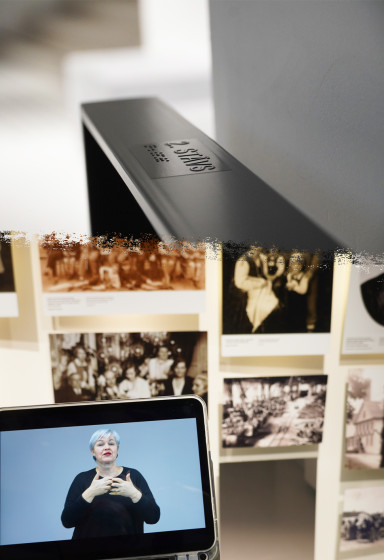Donate to Museum
Each donation helps to ensure the Museum's activities, allowing it to function and provide information for people from all over the world.
The Museum is grateful to each donor and invites everyone to contribute.
REVIEW: Linda Kinstler book “Come to This Court and Cry: How the Holocaust Ends”

Few English-language books about Latvia receive as much attention as this year’s “Come to this Court and Cry: How the Holocaust Ends”, by the American journalist Linda Kinstler, and so it deserves our attention. Kinstler’s parents emigrated to the US from Soviet Latvia in 1988, her mother from a Russian-speaking Jewish family and her father Latvian, the son of Boriss Kinstlers, an Arājs Kommando officer who apparently worked for the NKVD after the war until his disappearance in 1949. The author’s understanding of Latvia goes beyond family lore: her 2019 NYRB article, “A Partial Freedom: What Latvia Found in the KGB Archives”, is a thoughtful review of the flawed ‘revelations’ of the Čekas maisi.
The book’s treatment of Latvia has strengths and weaknesses. Given the weaknesses, the strengths are a pleasant surprise. Given the strengths, the weaknesses are an unpleasant surprise. Unfortunately, the weaknesses seem to have the last word.
Kinstler moves between three themes: her family history, the Holocaust in Latvia and postwar trials of the killers, and the case of Herberts Cukurs. Kinstler’s mother’s family was the main presence in her life following her parents’ divorce, with a California upbringing of Soviet Jewish reminiscences and private schools, but without Latvian language or contacts. Yet she understands well the trauma of the 1940 occupation and Stalinization of Latvia, including her father’s killed and deported relatives. Spurred by her father’s suggestion to pursue the question of her grandfather’s fate, the author’s research on Viktors Arājs and his trial in West Germany leads her to the case of Herberts Cukurs, the aviator and Arājs Kommando officer killed by Mossad agents in 1965, whose guilt was more recently brought into question in Latvian courts. Most of the book is about that case.
Some well-known books depict Latvians as not only participating in the murder of their country’s Jews, but eagerly initiating it. But Kinstler states clearly that the Holocaust in Latvia was a Nazi project, executed by the likes of Stahlecker and Jeckeln, which entangled people in occupied lands in German crimes: “It was Jeckeln who had been ordered to kill the 30,000 Jews of the Riga ghetto…. It was Jeckeln who had ensured that the map of the region under his command sent back to Berlin was dotted with coffins.” Unfortunately, as her focus turns to the Cukurs case, she seems to set her nuanced understanding of Latvia aside. Many of her explicit statements about Latvia and her implicative descriptions create an image of Latvians as weird, backward and unsympathetic.
In the 1990s the daughter of Herberts Cukurs petitioned Latvian authorities to rehabilitate her father, who was accused of Holocaust crimes but never formally charged before he was assassinated by agents of the Israeli Mossad in 1965. The odd course of the very protracted case, where a criminal court was misassigned to judge a question for historians, provides the occasion for Kinstler to compose an equally odd portrait of Latvia. Although she recognized that the Soviet occupation destroyed the independent Latvian state, and killed or deported its national leadership, here she wrote:“The independent [Latvian] nation had never attempted to try one of its own Nazi collaborators”. Apart from the intervening years of Soviet rule, how could something that had been destroyed as an entity have “its own collaborators”? And then: “The quotation marks in the name of the Museum “Jews in Latvia” are “…a curious and revealing grammatical choice…as if Jews and Latvia could only be made to fit together speculatively”. Could she not know that this is merely a function of Latvian punctuation rules? Of the many dainas mentioning Jews, the ones she selects are “inscriptions of otherness”, excluding Jews from the boundaries of the nation. In the Cukurs case, “The prosecutor seemed to be performing his own indifference to the outcome” (implying his falseness). Even if one accepts that Cukurs committed the murders attributed to him in the Riga ghetto and at Rumbula, these unjustified and insulting descriptions detract from the value of the book.
This tendency is striking in Kinstler’s account of Cukurs’ daughter speaking to a reporter: “Using derogatory language, she explained that her family turned to the prosecutor and asked him to try and prove that he had killed a single Jewish person: ‘Please prove at least one. And they couldn’t prove it. I know that he was good to Zhids and other people – that can be proven.’” As most Latvian-speakers know, the now-disused word “žīds” was neutral, like the Czech “Žid”, and not an insulting slur like the Russian “zhid” (жид) . One of the many people whom Kinstler consulted for this book, including Ilya Lensky, Frank Gordon, Andrievs Ezergailis, and Edward Anders, might have told her that. The equating of “žīds” with “жид” appears if a translator knows Russian, but not Latvian, or if the aim is to show a Latvian fascist spouting anti-Semitic abuse. Distorting the sense of a quote by an old woman from Brazil, whose Latvian language skills appear outdated and clumsy from disuse, is crude punching down, even if the author claims to be waging an uphill struggle for justice.
“Come to this Court and Cry” has received positive reviews in publications including the Wall Street Journal, Times Lit. Supp. (“How a war criminal has become a national hero”), and The Guardian (“What happens if Nazi butchers are ‘reassessed’ in the name of national pride?”). Some reviews make mention of the multiple historical traumas inflicted on Latvia, but those caveats are buried deep in the article, far below the headlines. This makes a book with great promise, by an author uniquely able to do its subject justice, in some ways a disappointment.
Note: The reader can gain a sense of the author’s perspective in this article: Nazi or KGB agent? My search for my grandfather’s hidden past | Second world war | The Guardian
Photo: Herberts Cukurs in 1937. Photograph: Keystone-France/Gamma-Keystone/Getty Images




